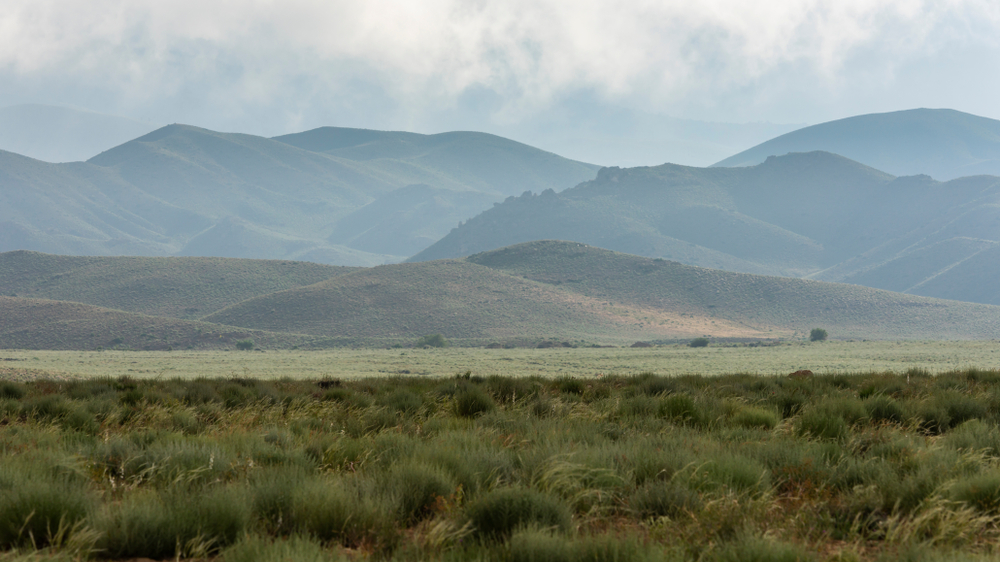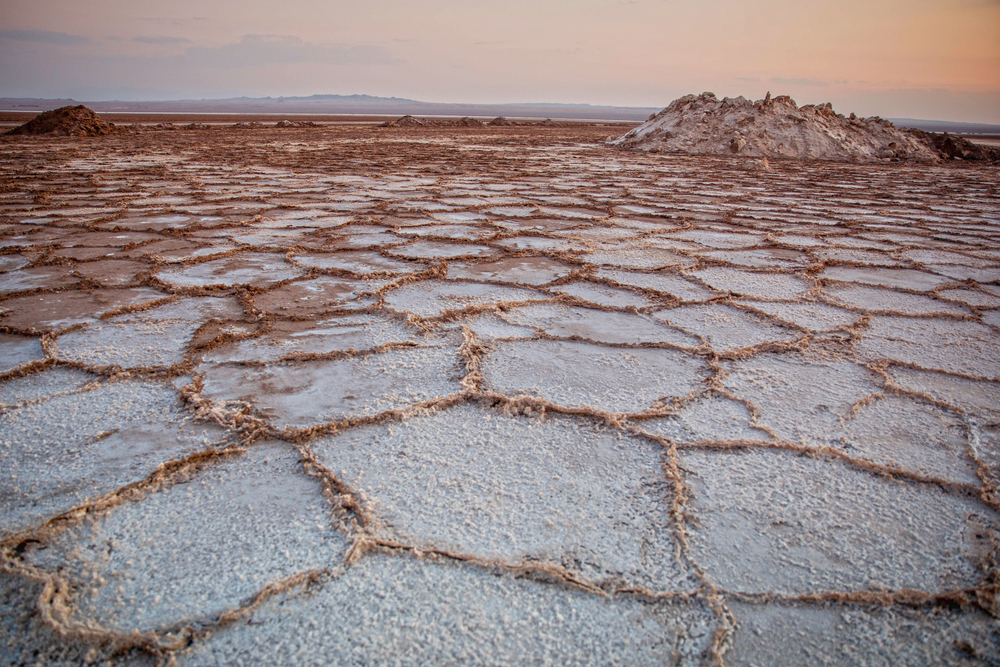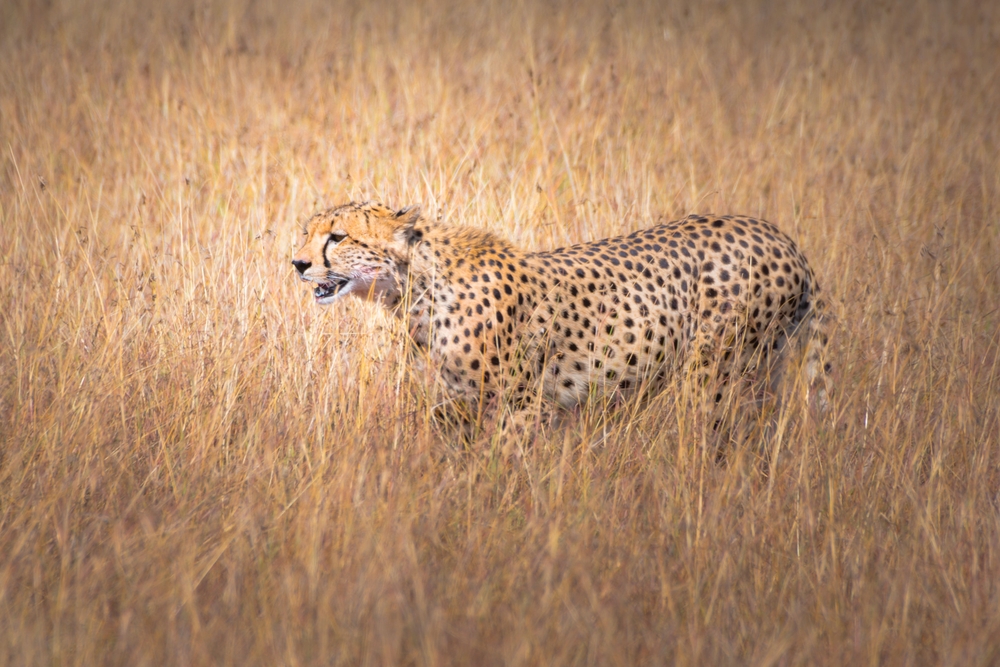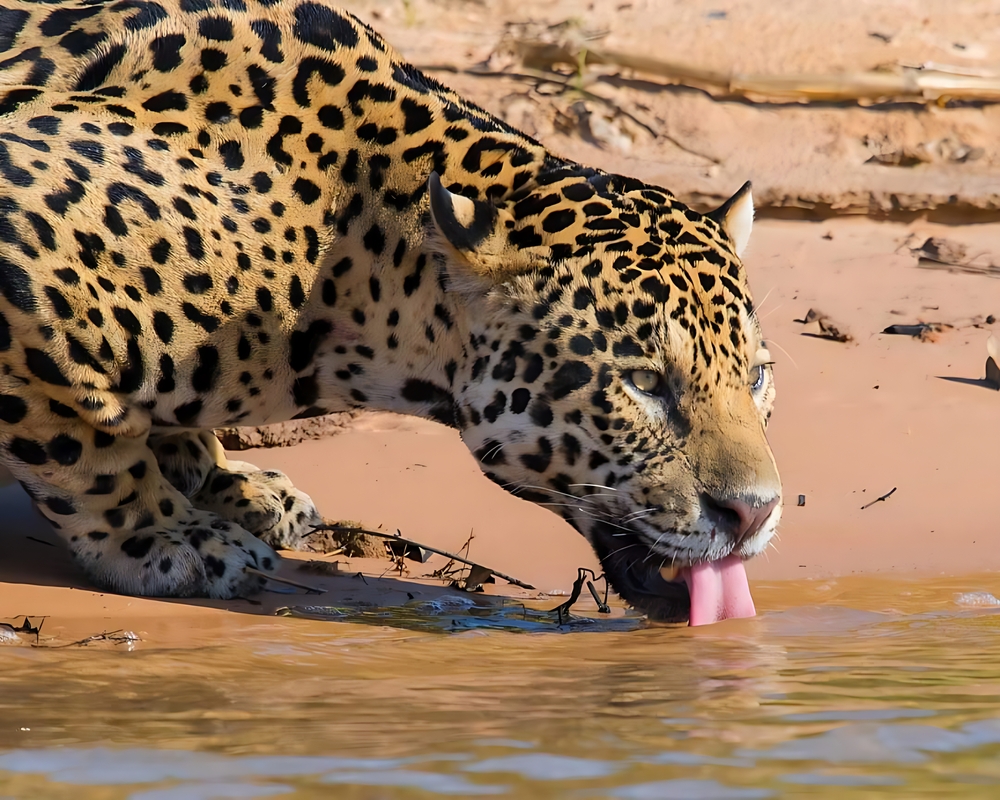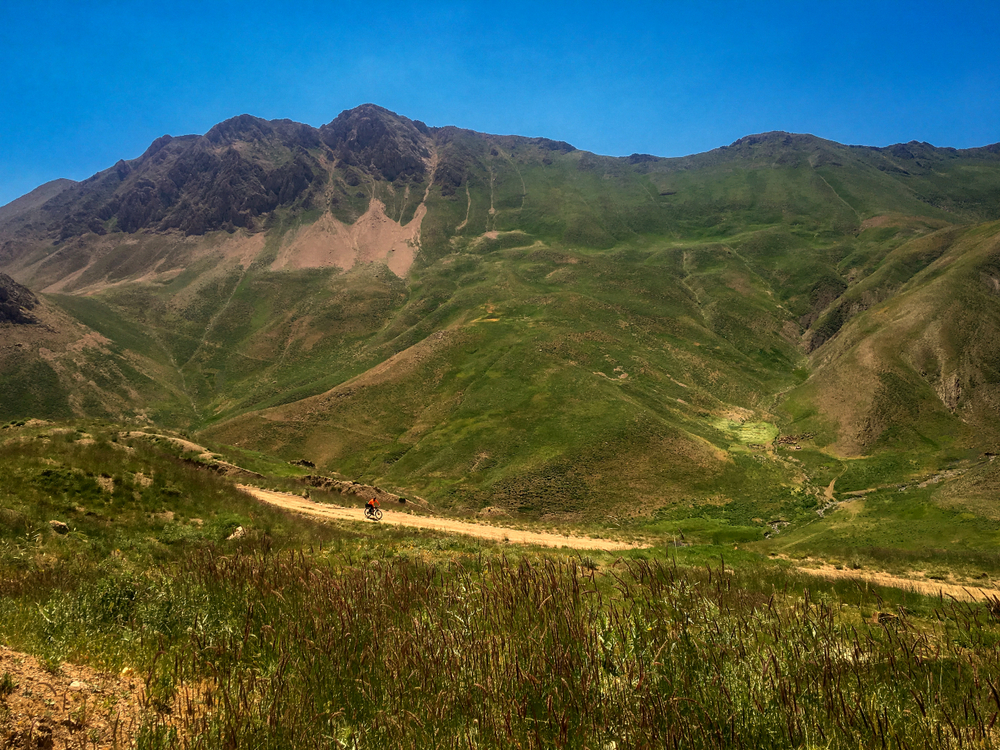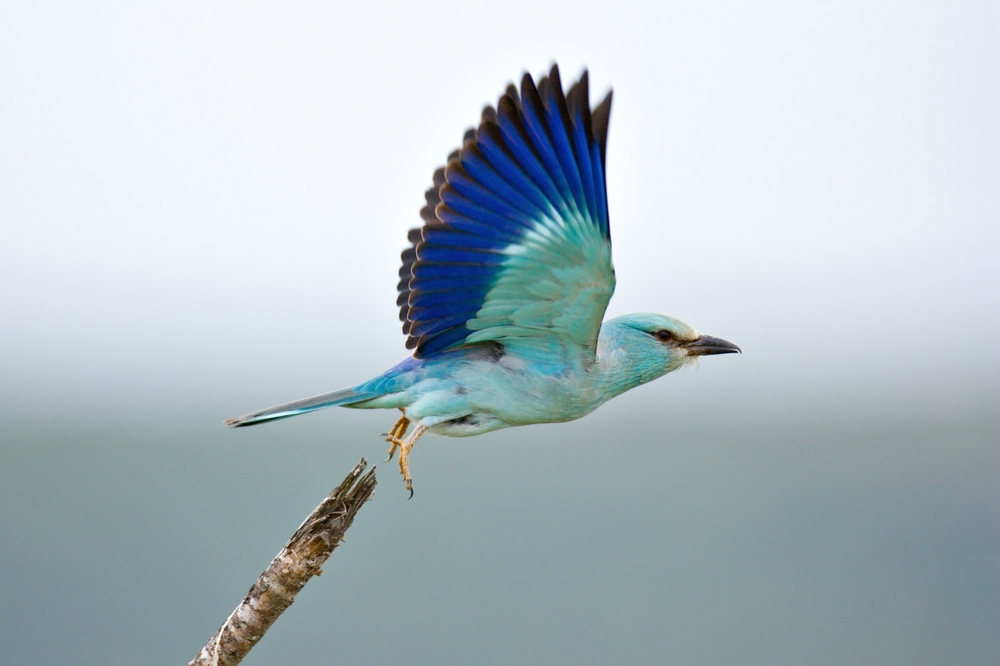Golestan Overview
Golestan National Park, or پارک ملی گلستان in Persian, is Iran’s oldest national park, located in the northeastern part of the country, spanning parts of Golestan, North Khorasan, and Semnan provinces. This vast protected area covers approximately 355 square miles (919 square kilometers) and is a UNESCO Biosphere Reserve recognized for its extraordinary biodiversity.
Nestled at the eastern end of the Alborz Mountains, the park’s terrain transitions dramatically from lush, forested landscapes to semi-arid steppes, making it one of the most ecologically diverse areas in the region. The terrain of Golestan National Park is a stunning mix of lush deciduous forests, rolling hills, rocky outcrops, and fertile valleys. In its western regions, visitors can explore temperate Hyrcanian forests, dense with oak, hornbeam, and beech trees.
As the park extends eastward, it opens into steppe and grassland ecosystems, dotted with wildflowers in spring and vibrant autumnal hues later in the year. Notable features of the park include the cascading Kaboud-Val Waterfall, one of the most visited natural attractions, and towering peaks such as Almeh Heights that offer breathtaking panoramic views. Seasonal rivers and numerous springs weave through the landscape, sustaining its rich flora and fauna.
Golestan National Park is a haven for wildlife enthusiasts, with an impressive variety of species. It is home to large mammals such as the Persian leopard, Asiatic black bear, wild goat, and red deer. The park is also known for its robust population of wild boars and jackals.
Birdwatchers are drawn to Golestan for its exceptional avian diversity, with over 150 bird species, including the endangered Caspian snowcock, golden eagle, and saker falcon. The park also harbors reptiles like tortoises and venomous snakes, adding to its ecological complexity.
Among the park’s most popular features are its well-maintained hiking trails, ideal for exploring the park’s diverse terrains. Scenic spots such as Tangrah and Golestan Forests attract picnickers, while the Kaboud-Val Waterfall offers a refreshing retreat.
Wildlife observation tours are a highlight for many visitors, particularly during spring and autumn, when the park is at its most vibrant. Educational centers and guided tours provide deeper insights into the park’s unique ecosystems and conservation efforts.
Golestan National Park faces significant conservation challenges, including habitat loss due to illegal logging and agricultural expansion in its buffer zones. Poaching also poses a threat to some of its endangered species. However, the park has achieved notable conservation successes, such as reintroducing species like the red deer into their native habitats and collaborating with local communities to foster sustainable practices. Its UNESCO designation underscores the importance of preserving this biodiverse sanctuary for future generations.








































































